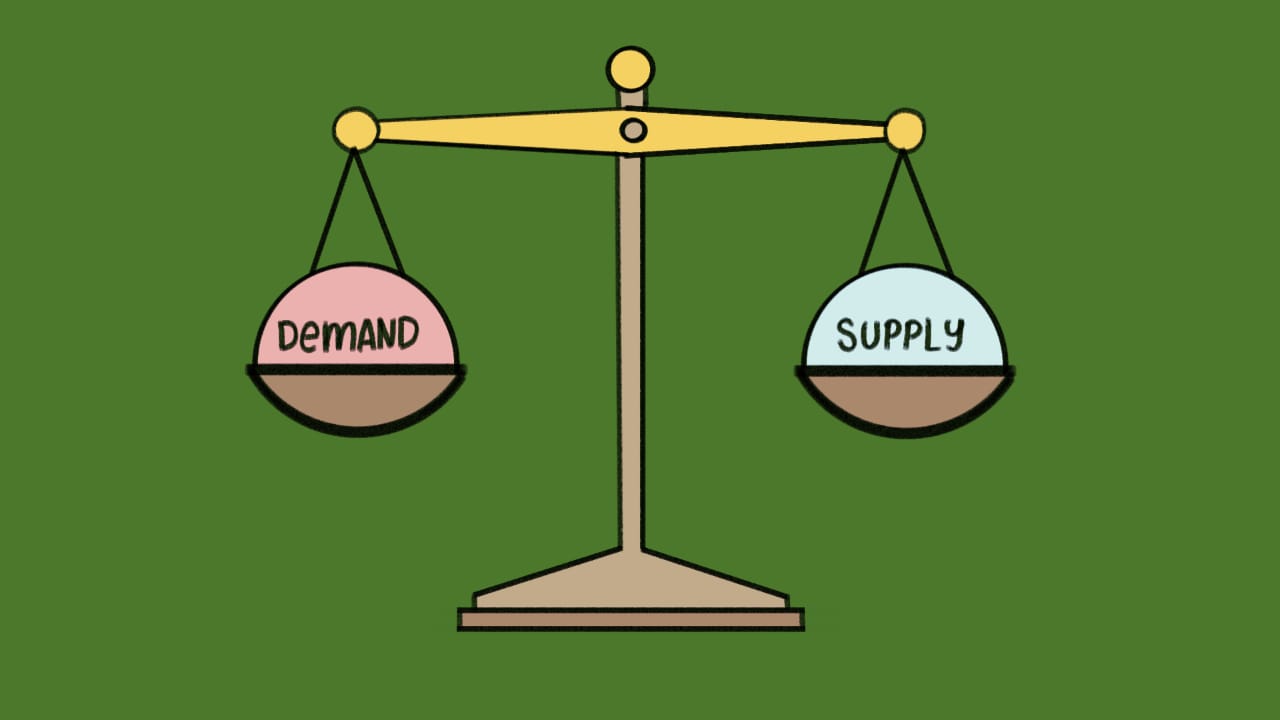
Demand and Supply are the two most basic but fundamental terms of economics. A product, no matter how good it is, will not sell if the customers can't find it easily. Even if the product is widely distributed, customers may not buy it if they don’t feel the need for it.
It takes two to tango. On the same lines, it takes both demand and supply to achieve good sales. The concept of demand and supply is interwoven with our day-to-day activities. The price of a product is determined by the interaction of its demand and supply in the market.
We all know the basic rule: if the product is plentiful, it is cheap and scarce goods are costly. But when it comes down to business, there is more to understand about the idea of demand and supply, than what meets the eye.
What is Demand?
The word ‘demand’, in simple terms, refers to how much of a product people are willing to purchase. It generates a pull in sales.
There is a consumer mindset of buying more quantity when prices are low. This is an “inverse” relationship between the price and the quantity.
Law of Demand: the greater the price, the lower the quantity in demand.
For example, let’s take into consideration a smartphone. If a smartphone is sold at $100 each, then a lot more people would buy it. Some customers might buy more than required because it is easily affordable. This affordability increases the demand.
If the same smartphone was sold at a higher price of $1000, then the number of people buying it would decrease because it goes out of the affordability range of most people. This would reduce demand.
This was a very “vacuum scenario” that ignores some points:
- Ignoring Product Differentiation: There is only one kind of product which is sold at the same rate to every customer.
- There is no substitute available in the market and the consumers expect the price to stay the same in the future.
What is Supply?
Demand talks about the consumer mindset, but supply is to be understood from a seller's point of view. Supply, in simple terms, can be defined as how much a producer is willing to make an offer to the market.
A producer's mindset is about increasing production when prices are high. This is a “direct” relationship between price and quantity.
Law of Supply- The higher the price of the product, the greater the quantity produced.
There are a lot of factors that come into play while determining supply:
- Price of production- including raw material costs, labour costs and machinery cost
- Distribution costs
- Price of substitute products
- Taxes while selling and distributing
- Expected future prices
Considering the smartphone example. If the input costs of production were set at $100, then it would be unprofitable to sell it at a price less than or equal to $100. If the selling price was increased to $1000, then the manufacturers can focus on producing more and increasing the quality of the product. If the price was raised to $2000, then it would give the producers enough incentive to produce more and more smartphones.
